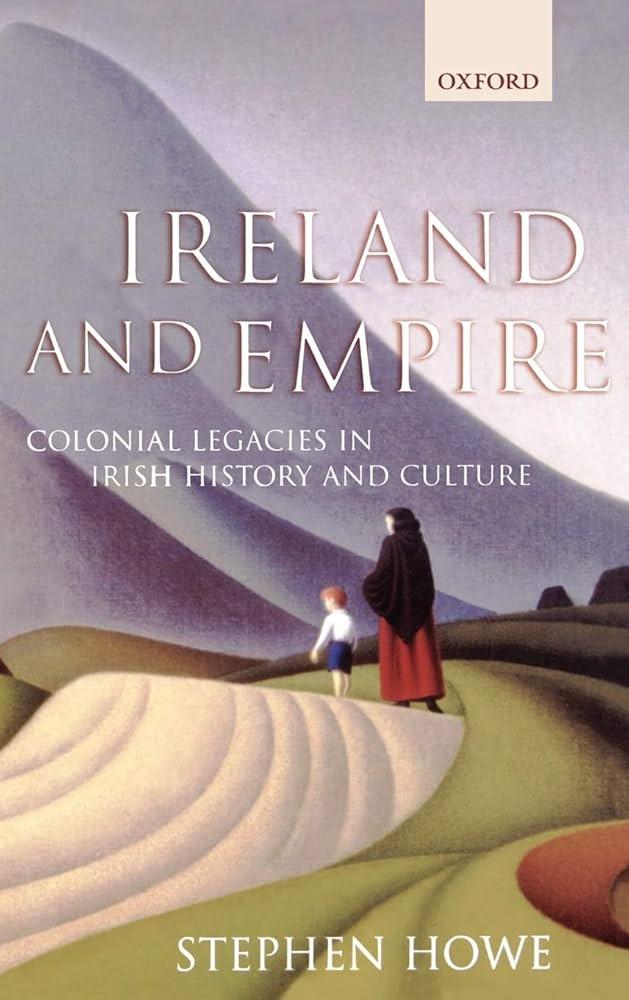Centuries after formal empires receded, the structures they left behind still shape daily life in former colonies- from the languages taught in classrooms and the laws argued in courtrooms to street names, public holidays and popular cuisine. As debates intensify over monuments, school curricula and the return of museum artifacts, communities and governments are confronting how much of that inheritance to keep, rename or remake.
The renewed scrutiny is less about erasing the past than renegotiating it. Across Africa, Asia, the Caribbean and Latin America, colonial legacies remain embedded in education systems, bureaucracies and cityscapes, even as local artists, elders and youth revive Indigenous traditions and reframe hybrid identities. Supporters of reform see an opportunity to correct historical imbalances and strengthen cultural autonomy; critics warn of political symbolism outpacing practical change. This report examines how those tensions are playing out on the ground- from courtrooms and classrooms to markets and festivals- and what they reveal about the evolving balance between global influence and local culture.
Table of Contents
- Colonial legal codes still govern land tenure and licensing leaving smallholders and informal traders behind
- Language hierarchies from the imperial era shape classrooms media and courts and drain value from indigenous knowledge
- Governments and institutions should repeal discriminatory codes fund mother tongue education return community artifacts and share heritage revenues with local communities
- Final Thoughts
Colonial legal codes still govern land tenure and licensing leaving smallholders and informal traders behind
Across rural districts and peri-urban markets, pre-independence statutes continue to set the rules for who may hold title, fence a plot, or sell produce, embedding a dual tenure system that privileges registered freehold over customary claims; officials and advocates report that this legacy translates into dense paperwork, cadastral requirements, and licensing schedules often written in colonial languages, where smallholders without surveys or legal counsel face delays and seizures, and informal vendors-critical to food supply chains-are exposed to fines, evictions, and periodic enforcement sweeps; proposed reforms, from land banks to devolved permit offices, move slowly, while digitization projects risk formalizing exclusion if not paired with legal aid and gender-sensitive protections.
- Costly licensing regimes raise barriers to entry for micro-entrepreneurs and market traders.
- Informality criminalized through permit crackdowns that disrupt livelihoods and food access.
- Gender inequities persist where customary rights lack recognition in title conversion processes.
- Credit exclusion as banks require formal deeds that many producers cannot obtain.
- Administrative bottlenecks-surveys, notarizations, and court fees-stall investments and upgrades.
- Mapping disputes escalate with infrastructure expansion and climate-driven relocations.
Language hierarchies from the imperial era shape classrooms media and courts and drain value from indigenous knowledge
Across schools, broadcasters, and courtrooms, the dominance of former rulers’ tongues continues to operate as a gatekeeper for status, services, and funding, education officials and media regulators acknowledge, with schooling tracks rewarding fluency in global languages while community knowledge, often transmitted orally, is sidelined or extracted without local credit; the result, analysts say, is a systematic transfer of value away from communities where expertise is rooted in vernaculars-even as governments pledge inclusion and cultural revival.
- Education: Curriculum standards, exams, and teacher hiring premised on colonial languages divert resources from mother‑tongue instruction and depress graduation rates in rural districts.
- Media: Licensing rules, advertising markets, and algorithmic ranking privilege dominant-language content, pushing vernacular reporting off air and out of feeds.
- Courts: Filings and proceedings in nonlocal languages raise costs and error rates, with scarce interpreters and limited recognition of customary law.
- Economy: Grants, IP regimes, and scientific publishing reward translation into global lingua francas while overlooking oral citations and collective ownership.
- Policy: Official data collection excludes nonstandard orthographies, masking community priorities and weakening claims to land, health, and education funding.
Governments and institutions should repeal discriminatory codes fund mother tongue education return community artifacts and share heritage revenues with local communities
Policy analysts and community leaders report growing momentum for concrete reforms that re-center local custodians in cultural governance, outlining a four-part plan to translate rhetoric into accountability:
- Repeal discriminatory codes that police dress, ceremony, land access, or language use, replacing them with enforceable rights standards and independent oversight.
- Fund mother-tongue education through multi-year budget lines, teacher training pipelines, and community-led curricula, tracked by public metrics on literacy, retention, and cultural participation.
- Return community artifacts with binding timelines, full provenance disclosure, and support for locally controlled conservation and display facilities.
- Share heritage revenues from museums, archives, and tourism via statutory royalties, co-management boards, and annual audits accessible to the public.
Advocates say these measures would shift power and profit to origin communities while preserving research access; institutions that have piloted similar frameworks in Ghana, Mexico, and New Zealand report reduced legal exposure, clearer consent procedures, and stable visitor numbers, suggesting the model is scalable.
Final Thoughts
As governments, schools and cultural institutions revisit statues, syllabi and collections, the outcomes remain uneven and intensely negotiated. In many places, the most consequential decisions now sit not in symbolic gestures but in policies on land, language, education and restitution that determine whose stories are taught, whose rights are recognized and which economies benefit from heritage industries.
The balance between preservation and reinvention is shifting at different speeds, shaped by elections, trade ties, court rulings and generational change. What emerges are not simple returns to a precolonial past, nor wholesale acceptance of imposed norms, but layered cultures in which influence is argued over as much as it is inherited. Colonial rule may have ended on paper; its imprint endures in the everyday-spoken in the street, codified in law and contested in public life-where the next chapter of cultural self-definition is being written.


